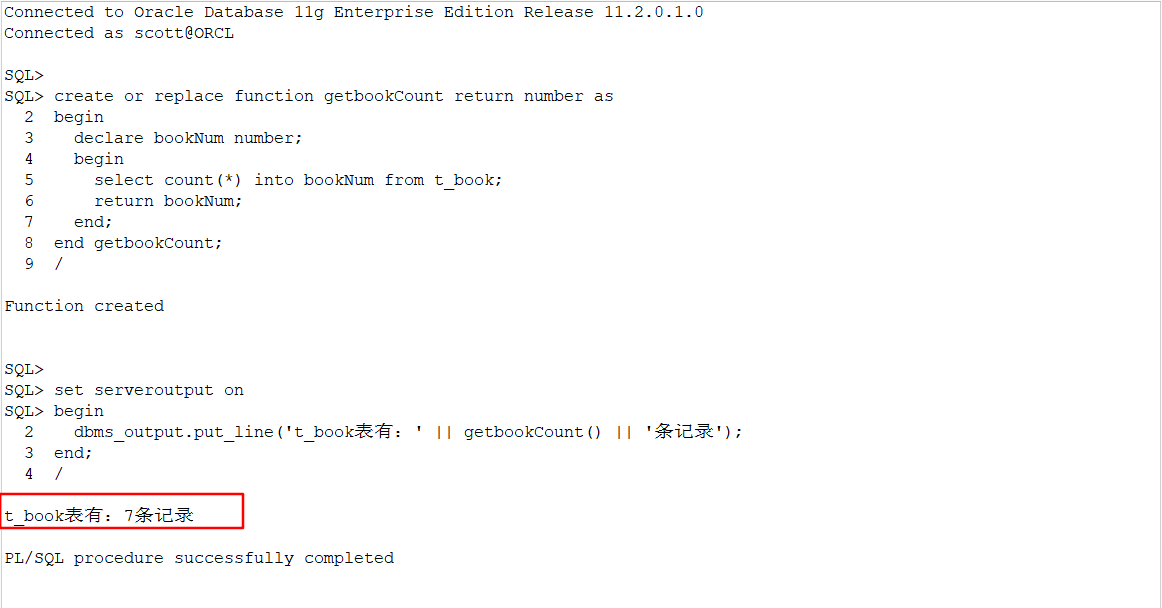Lambda方法推导详细解析
什么情况下可以进行方法推导?
- 类的方法(静态方法)
- 对象的方法
- 构造方法
- 自定义函数式接口
范例:
package com.example.study.java8.InterfaceFunction;
import java.util.Arrays;
import java.util.Comparator;
import java.util.List;
import java.util.function.BiFunction;
import java.util.function.Consumer;
import java.util.function.Function;
import java.util.function.Supplier;
/**
* 方法推导
* 什么情况下可以进行方法推导:
* 1、类的方法(静态方法)
* 2、对象的方法
* 3、构造方法
*/
public class MethodReferenceUsageDemoOne {
public static void main(String[] args) {
//方法推导,范例一:类的方法
//原始写法
Consumer<String> consumer = s-> System.out.println(s);
genericityConsumer(consumer, "hello");
//1、进化一
genericityConsumer(s->System.out.println(s), "world");
//2、进化二
genericityConsumer(System.out::println, "nice");
System.out.println("===========================");
//方法推导,范例二:类的方法
List<Apple> list = Arrays.asList(new Apple("red", 10)
, new Apple("red", 60)
, new Apple("blue", 40)
, new Apple("black", 30)
, new Apple("green", 80)
, new Apple("blue", 90)
, new Apple("green", 60)
, new Apple("green", 50)
, new Apple("red", 20));
System.out.println(list);
list.sort((oneParameter,twoParameter)->oneParameter.getColor().compareTo(twoParameter.getColor()));
System.out.println(list);
System.out.println("============排序另一种写法===============");
//排序另一种写法
List<Apple> list2= Arrays.asList(new Apple("red", 10)
, new Apple("red", 60)
, new Apple("blue", 40)
, new Apple("black", 30)
, new Apple("green", 80)
, new Apple("blue", 90)
, new Apple("green", 60)
, new Apple("green", 50)
, new Apple("red", 20));
System.out.println(list2);
list2.sort(Comparator.comparing(Apple::getColor));
//排序说明:
//1、匿名内部类
//2、上面第一种写法
//3、上面第二种写法
//代码越来越简单
System.out.println("===========================");
//方法推导,范例三:类的方法
//原始写法
list.stream().forEach(apple->System.out.println(apple));
System.out.println("===========================");
//进化1
list.stream().forEach(System.out::println);
System.out.println("===========================");
//方法推导,范例四:类的方法
//原始写法
Integer integer = Integer.parseInt("123");
System.out.println(integer);
System.out.println("===========================");
//进化
Function<String, Integer> function = Integer::parseInt;
Integer integerTwo = function.apply("321");
System.out.println(integerTwo);
System.out.println("===========================");
//方法推导,范例五:对象的方法
BiFunction<String, Integer, Character> stringIntegerCharacterBiFunction = String::charAt;
Character character = stringIntegerCharacterBiFunction.apply("Hello", 1);
System.out.println(character);
System.out.println("===========================");
//方法推导,范例六:构造方法,1个参数
Supplier<String> supplier = String::new;
String str = supplier.get();
System.out.println(str.getClass());
System.out.println("===========================");
//方法推导,范例七:构造方法,2个参数
//说明:Apple::new; 就是掉构造方法,自动推导参数和类型
BiFunction<String,Integer,Apple> appleBiFunction = Apple::new;
Apple apple = appleBiFunction.apply("red", 50);
System.out.println(apple);
System.out.println("===========================");
//方法推导,范例八:构造方法-自定义FunctionalInterface接口,多个参数
CustomThreeFunctionalInterface<String,Integer,String,ComplexApple> appleSupplier = ComplexApple::new;
ComplexApple complexApple = appleSupplier.apply("苹果",20,"green");
System.out.println(complexApple);
}
/**
* 泛型Consumer
* @param consumer
* @param t
* @param <T>
*/
public static <T> void genericityConsumer(Consumer<T> consumer, T t){
consumer.accept(t);
}
}
自定义函数式接口
package com.example.study.java8.InterfaceFunction;
/**
* 自定义多个参数函数接口,创建对象
*/
@FunctionalInterface
public interface CustomThreeFunctionalInterface<T, U, K, R> {
R apply(T t, U u, K k);
}
ComplexApple
package com.example.study.java8.InterfaceFunction;
import lombok.AllArgsConstructor;
import lombok.Data;
import lombok.NoArgsConstructor;
import lombok.ToString;
/**
* 多个参数,构造方法推导
*/
@Data
@AllArgsConstructor
@NoArgsConstructor
@ToString
public class ComplexApple {
private String color;
private Integer weight;
private String name;
}
主要讲解了,Lambda方法推导的常见用法。






评论 (0)